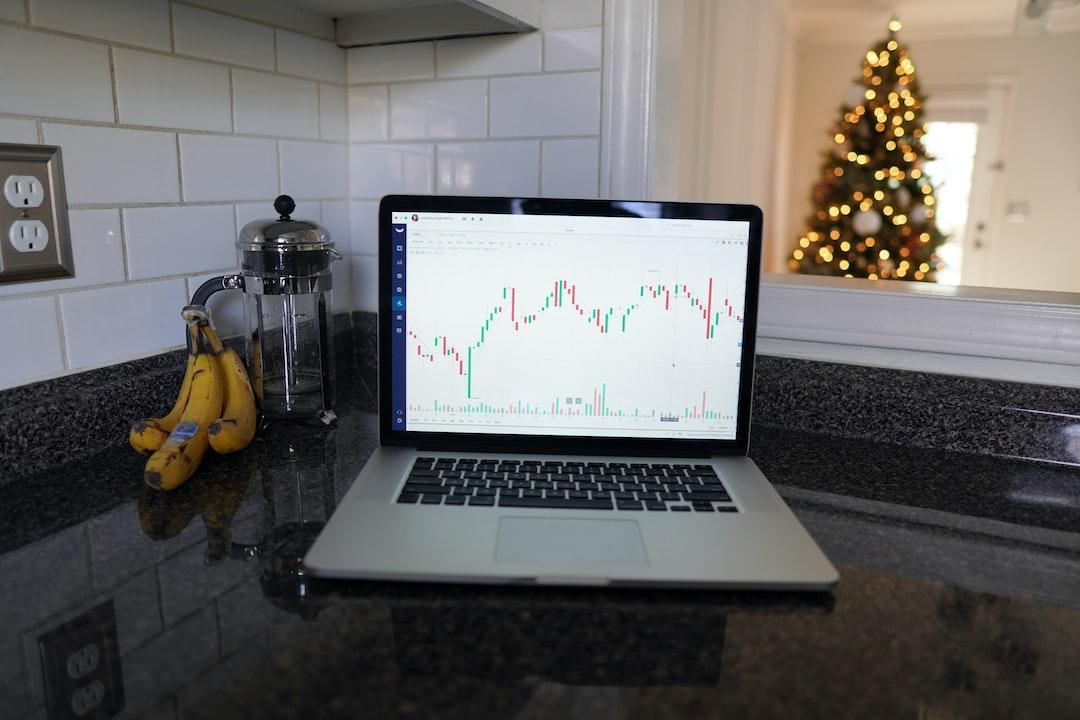The digital asset industry has gradually entered the public eye after 11 years of development, moving from a niche market to the mainstream. As of June 30, 2020, the total market value of the industry exceeded $260 billion. Digital assets represented by Bitcoin and Ethereum have become alternative assets preferred by institutional investors and high-net-worth individuals.
Grayscale Q2 Report: BTC and ETH Trust Products “Double” in Funds to $905 Million, Setting a New Quarterly High
Dr. Doom points out “Multiple Black Swans in 2020”: Unable to Rule Out the Possibility of an “L-shaped Recession” in the Next 10 Years
Table of Contents
Summary of Key Points
Chapter 1: Macroeconomics and Market Trends
Section 1: Macroeconomics and Performance of Major Asset Classes
Section 2: Digital Asset Market Trends
Chapter 2: Performance of Quantitative Products
Section 1: Average Performance of Quantitative Strategies
Section 2: Infrastructure
Section 3: Performance of Quantitative Products
Chapter 3: Market Outlook
Section 1: 2020 Digital Asset Market Outlook
Section 2: Development Trends in Digital Asset Quantitative Strategies
Appendix: Industry Milestones
TokenInsight | Full Research Report on “Platform Token Valuation” of Exchanges in June
Five-Minute School | What is “Volatility”? How to Apply it in Digital Asset Strategies
TokenInsight | Research Report on Bitcoin’s “Third Halving” Mining Industry
With the continuous escalation of the pandemic in the United States, India, Brazil, and other countries, the global economy is facing great uncertainty. Governments around the world have implemented rescue measures to prevent the economy from falling into deflation. Global central banks, represented by the Federal Reserve, have expanded their balance sheets on an epic scale, ushering in an era of post-pandemic inflation.
Since March 31, 2020, Grayscale Bitcoin Trust has acquired over 70,000 bitcoins, with a cumulative holding of over 386,000 bitcoins, accounting for about 2.1% of the circulating supply. The secondary market price of Grayscale Bitcoin Trust has maintained a premium of 5%-30% compared to the primary market price. This indicates that off-market funds have strong allocation demand. In the context of global inflation and economic recession, Bitcoin, as digital gold, will gradually demonstrate its hedging and value preservation characteristics.
Quantitative trading refers to an investment method that uses data analysis to discover market trends, evaluate investment probabilities through mathematical models, and replace subjective judgments. Quantitative trading has advantages such as rigorous models, low trading latency, 24/7 trading, and strong risk avoidance capabilities.
Quantitative trading can continuously generate alpha returns in the digital asset trading market, which has characteristics such as liquidity dispersion, diverse contract types, and many retail investors. With the growth of the digital asset industry, the digital asset quantitative asset management industry will thrive.
Due to the lack of transparency in digital asset quantitative products, investors’ lack of trust in the performance of quantitative products has always been an important factor hindering the development and growth of the digital asset quantitative asset management industry. TokenInsight has created the first “Quantitative Display Platform” that publicly, transparently, and in real-time displays the performance of quantitative products. It has also invited many excellent quantitative teams to join the “Quantitative Transparency Alliance,” greatly enhancing industry transparency.
With the continuous improvement of the platform and the expansion of the alliance, more excellent quantitative teams will be discovered by the market, and more investors will be able to find suitable investment targets.
Summary of Key Points:
1. The global pandemic continues to worsen. The global pandemic has entered a second outbreak, with the United States, India, Brazil, and other countries setting new records in daily new confirmed cases. The global pandemic situation is becoming more severe. The COVID-19 pandemic will have a profound impact on human life, and humans must be prepared to coexist with the pandemic in the long term.
2. Major capital markets enter a “structural bull market.” Against the backdrop of loose monetary policy, major capital markets around the world have disregarded factors such as the fluctuating pandemic and declining economic fundamentals, taking turns to enter a “structural bull market.”
3. The characteristics of Bitcoin as digital gold will gradually emerge. Taking the United States as an example, after the 2008 subprime crisis, the Federal Reserve launched quantitative easing policies, and the U.S. stock market entered a ten-year bull market. While fiat currencies were being heavily issued, the wallets of ordinary people were shrinking. The gap between the rich and the poor in the United States continued to widen, leading to increased social conflicts. In the “post-pandemic inflation” era, Bitcoin, as a scarce non-sovereign asset, will evolve from a highly volatile alternative asset to “digital gold.”
4. Complementary advantages of arbitrage and trend quantitative strategies. In the current narrow market volatility, arbitrage strategies have still achieved steady returns, but the return rates have decreased. Trend/composite strategies have reversed positions multiple times, leading to continuous erosion. Arbitrage strategies have low volatility and steady returns, while trend/composite strategies have high volatility and high returns. Reasonably allocating arbitrage and trend/composite strategies in an investment portfolio can effectively reduce drawdowns and increase returns.
5. High-frequency strategies show polarization, with the strong becoming stronger. Excellent high-frequency teams have a significant advantage over ordinary high-frequency teams in IT infrastructure, transaction fees, models, etc., leading to a situation where the strong become stronger. Small and medium-sized quantitative teams can obtain more favorable transaction fees through third-party asset management institutions, improving the competitiveness of their strategies.
6. The digital asset quantitative industry enters the second half. With more professional quantitative funds entering the digital asset asset management industry, the competition has become more intense, and the era of high returns for quantitative funds has passed. In the future, compliant, stable, and comprehensive service-oriented asset management institutions will be favored by investors.
7. “Trusted Quantitative” will become the mainstream of market investment. In the past three years, the cooperation between investors and quantitative funds has mainly relied on personal credit. In extreme cases, investors’ legitimate rights and interests were not protected, resulting in significant asset losses. The expansion of the digital asset asset management industry requires solving the lack of trust between investors and quantitative teams. Blofin will provide services such as risk monitoring, auditing, and clearing/custody to protect the rights of investors and quantitative teams.
Chapter 1: Macroeconomics and Market Trends
In 2020, the global COVID-19 pandemic has caused the global economy to stagnate and face a major recession. Recently, the IMF released its GDP growth rate predictions for various global economies. Among the major economies, only China is predicted to have a positive GDP growth rate in 2020. Due to the inadequate control of the pandemic in the United States, Europe, and other developed countries, it is difficult for their economies to restart, resulting in a vicious cycle of high unemployment and weak consumption. The predicted GDP growth rate for developed economies is -8%, with countries like France, Italy, and Spain even exceeding -12%.
This month, the United States, India, Brazil, and other countries have experienced a second wave of the pandemic, with daily new confirmed cases reaching new highs. The global pandemic situation has become more severe. Against the backdrop of loose monetary policy, major capital markets around the world have disregarded factors such as the fluctuating pandemic and economic fundamentals, taking turns to enter a “structural bull market” in the era of post-pandemic inflation.
Bitcoin, as a highly volatile alternative asset, will naturally not miss this inflation feast and will gradually demonstrate its characteristics of scarcity, value preservation, and non-sovereignty.
Chapter 2: Performance of Quantitative Products
(1) Total Liquidation Amount
The daily total liquidation amount in the market is related to the leverage level and price fluctuations. In a fierce long and short game, as the leverage level and price fluctuations increase, the daily total liquidation amount increases.
On June 2, there was a significant fluctuation in the digital currency market, with intense long and short games around the psychological level of $10,000 for Bitcoin. The daily total liquidation amount approached $800 million. Liquidations were mainly concentrated on Bitmex, Binance, OKEX, Huobi, and Bybit.
On June 28, there was a short-term decline in the digital currency market, and the daily total liquidation amount reached a temporary high of $320 million. However, the market quickly returned to an oscillating trend, and the downward trend did not continue.
Overall, compared to historical trends, the market activity was low this month, and the profit effect was not significant.
(2) Contract Basis
As shown in Chart 1-5, the quarterly contract basis (OKEX) for five major digital assets, including BTC, ETH, and BCH, shows a high degree of consistency with spot prices. This indicates a strong correlation between digital assets.
In the middle of this month, the basis of most major asset quarterly contracts was mostly in the range of 0%-1%. During the bull market from March to July 2019, the basis was in the range of 5%-8%. This indicates that the digital asset market is still in an oscillating trend, and bullish sentiment is not strong.
On the morning of June 2, the digital currency market experienced a significant surge, with Bitcoin breaking through the psychological level of $10,000, and the quarterly contract basis quickly expanded to 1.5%. On the night of June 2, Bitcoin experienced a sharp decline of over 10%, resulting in significant changes in the quarterly contract basis. Most arbitrage strategies earned substantial profits.
On June 28, there was an overall decline in the digital currency market. BSV experienced a short-term decline of over 15% in spot prices, leading to significant changes in the quarterly contract basis. Other digital assets had relatively small changes in the quarterly contract basis, with no obvious arbitrage opportunities. Multi-currency arbitrage strategies can capture more arbitrage opportunities and achieve higher overall returns.
Overall, the market was relatively flat this month, with few arbitrage opportunities for arbitrage strategies and continued erosion for trend/composite strategies.
(3) USDT OTC Price vs. USD Exchange Rate
In theory, for every 1 USDT issued, there should be $1 USD or an equivalent asset as collateral, so the exchange rate of USDT to USD should always be 1. However, due to the convenience of exchanging USDT for USD, legal and regulatory restrictions, and imbalances in supply and demand, USDT has always experienced premiums or discounts to the USD for a long time.
The premium or discount largely reflects the inflow and outflow of funds in the digital asset trading market and is a key indicator for evaluating market sentiment of bullish or bearish trends.
In the months following the “312” market crash, USDT was trading at a premium for an extended period, with the premium rate consistently around 1%, indicating that off-market funds were flowing into the market.
Chapter 3: Market Outlook
Section 1: 2020 Digital Asset Market Outlook
Section 2: Development Trends in Digital Asset Quantitative Strategies
Appendix: Industry Milestones
TokenInsight | 2020 H1 DeFi Industry Research Report (1) – Trading: DEX
TokenInsight | 2020 H1 DeFi Industry Status Analysis (2) – Stablecoins, Lending, NFT
Please note that the translation may not be perfect, and it is always recommended to have a professional editor review the final translation for accuracy and fluency.Continued inflows have also driven a two-month recovery trend in digital assets such as BTC, pushing BTC back above $10,000.
This month, A-shares rose sharply, and the Nasdaq index continued to hit new highs, leading to a continuous outflow of onshore funds and a persistent negative premium of USDT to the US dollar, ranging from -0.5% to -1%. It is undeniable that the digital asset industry is still a funds-driven industry, and the outflow of onshore funds has caused liquidity contraction and a relatively flat market situation.
Extended Reading:
World Stablecoin Association (WSA) established in Switzerland, aiming to accelerate the joining of USDT and USDC issuers
Extended Reading:
Science Popularization | mStable, a stablecoin aggregation protocol, rises: achieving “zero slippage exchange” between USDT, USDC, DAI, and TUSD
Section 1 Average Performance of Quantitative Strategies
Blofin possesses real historical performance data of hundreds of digital asset quantitative funds worldwide, which eliminates investors’ mistrust of quantitative teams and protects investors by eliminating information asymmetry at the source. Blofin divides digital asset quantitative products into six strategy groups based on valuation basis (BTC-based, USD/USDT-based) and strategy type (trend/composite, arbitrage, high-frequency strategy), and constructs BTC-based and USD/USDT-based TI indices.
In the narrow volatility market in June 2020, arbitrage strategies performed steadily but with reduced returns; trend/composite strategies continued to erode; high-frequency strategies showed differentiation and inconsistent ups and downs.
The correlations between various strategies are relatively low, and FOF portfolios can effectively reduce risks by allocating multiple strategies.
(1) Performance of BTC-based Strategies

Figure 2-1 Comparison between the performance of BTC-based arbitrage strategy and TI BTC-based index (source: TokenInsight)
Mainstream digital assets were in a narrow volatility market in June, with low market activity and continuous shrinking trading volume. The market lacked hotspots and money-making effects, making it difficult to attract incremental funds.
Other mainstream digital assets showed a slightly downward trend compared to Bitcoin, and the TI index (BTC-based) fell by 0.74% this month. The BTC-based arbitrage strategy performed steadily this month, but with fewer trading opportunities and reduced returns.

Figure 2-2 Comparison between the performance of BTC-based trend/composite strategy and TI BTC-based index (source: TokenInsight)
Trend/composite strategies frequently reversed positions in the volatile market this month, leading to continuous erosion. The trend/composite strategy index accumulated a loss of 9.9% this month, with a maximum drawdown of 10.5%, significantly underperforming the TI index (BTC-based).
Against the backdrop of global economic downturn and currency issuance, we expect BTC to return to a high-volatility upward trend. Therefore, allocating a certain proportion of trend/composite strategies in the investment portfolio can effectively increase the portfolio’s return.

Figure 2-3 Comparison between the performance of BTC-based high-frequency strategy and TI BTC-based index (source: TokenInsight)
The BTC-based high-frequency strategy index showed a unilateral downward trend this month, with a cumulative loss of 0.6% and a maximum drawdown of 1.5%, slightly outperforming the TI index (BTC-based). The high-frequency strategy group showed polarization, with the stronger ones becoming even stronger. Investors should correctly understand the profit and risk and make reasonable allocations to the investment portfolio.
(2) Performance of USDT-based Strategy Index

Figure 2-4 Comparison between the performance of USDT-based arbitrage strategy and TI USDT-based index (source: TokenInsight)
This month, the TI index (USDT-based) showed a unilateral downward trend, with a cumulative decline of 4.7%. On June 2nd, a “gate trading” occurred, providing a brief arbitrage opportunity in the market. The arbitrage strategy index realized a cumulative increase of 2.2% within two days, accounting for 66.5% of total returns in June.
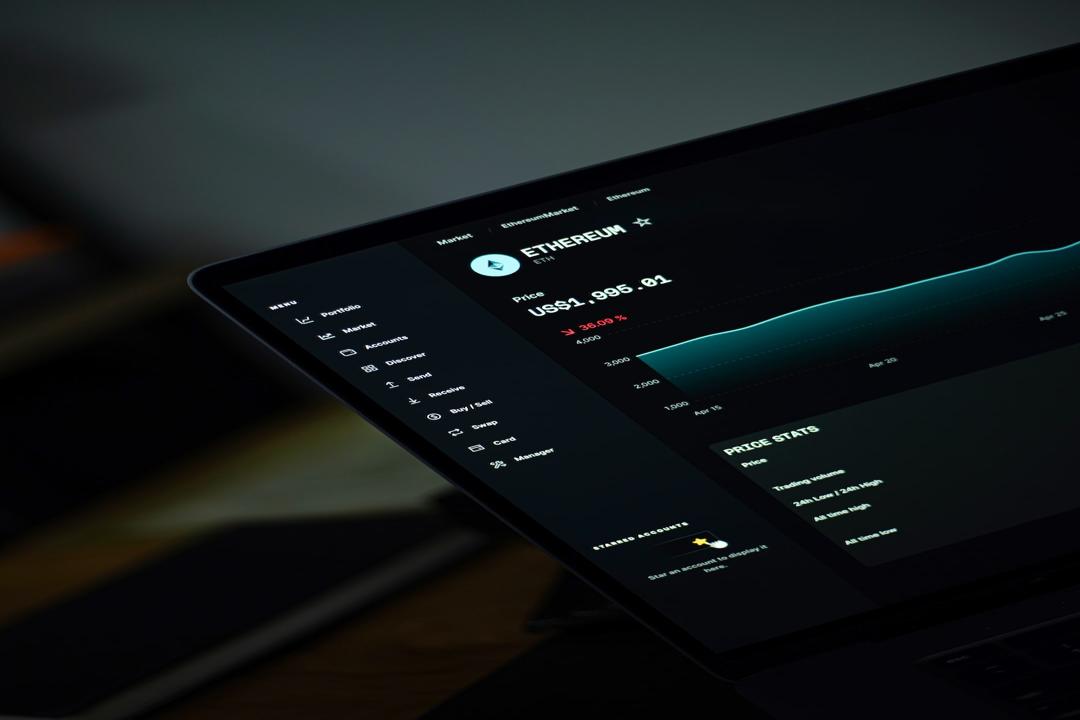
Figure 2-5 Comparison between the performance of USDT-based trend/composite strategy and TI BTC-based index (source: TokenInsight)
At around 7 a.m. on June 2nd, Bitcoin experienced a significant increase of about 6%, breaking through the $10,000 resistance level, and showing a strong bullish signal from a technical perspective. Trend/composite strategies generally increased their positions significantly, resulting in heavy losses during the evening’s market decline on June 2nd. Position management is the core of trend/composite strategies, and poor position management can result in significant losses.

Figure 2-6 Comparison between the performance of USDT-based high-frequency strategy and TI USDT-based index (source: TokenInsight)
The USDT-based high-frequency strategy index showed a unilateral downward trend this month, with a cumulative loss of 2.1% and a maximum drawdown of 10.5%. The USDT-based high-frequency strategy also faced polarization and a situation where the stronger ones became even stronger.
(3) Summary of Strategy Index Performance

Figure 2-7 Comparison between the average performance of different strategies in June and benchmark indices (source: TokenInsight)
In June, both the TI index (BTC-based) and the TI index (USDT-based) showed a unilateral volatility downturn trend, and the market’s money-making effect was weak.
Trend/composite strategies and high-frequency strategies continued to erode, with only the arbitrage strategy maintaining positive returns and outperforming the TI index. For investors, studying and analyzing the correlations between various strategies and making reasonable allocations between multiple strategies can effectively control the risk of the investment portfolio and achieve stable asset appreciation.
Extended Reading:
TokenInsight | Cryptocurrency Spot Exchange Industry Research Report for Q2 2020
Section 2 Infrastructure
By calculating the correlation matrix between strategies, we can make intuitive judgments on the correlations between strategies.
Generally, a correlation coefficient greater than 0.8 indicates a strong correlation between strategies; a correlation coefficient less than 0.3 indicates a weak correlation between strategies; a correlation coefficient less than 0.1 indicates no correlation or extremely low correlation between strategies.

Figure 2-8 Correlation matrix of BTC-based strategy group products (source: TokenInsight)
Table 2-8 shows the correlation matrix of BTC-based arbitrage strategy index, trend/composite strategy index, high-frequency strategy index, and TI index. It can be seen that there is extremely low correlation between the arbitrage strategy index and the TI index, indicating that the arbitrage strategy is less affected by market conditions. In the narrow volatility market this month, there is a negative correlation between the arbitrage strategy index and the trend/composite strategy index and high-frequency strategy index, indicating that allocating the arbitrage strategy in the investment portfolio can help smooth the return curve and reduce the portfolio’s drawdown.
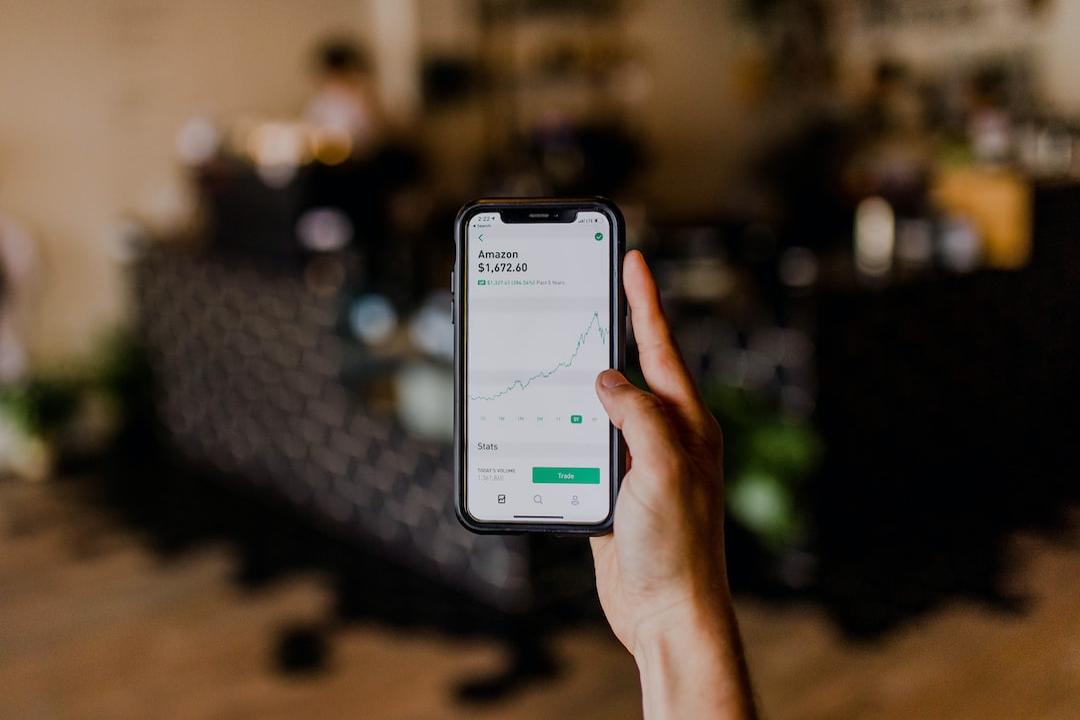
Figure 2-9 Correlation matrix of USDT-based strategy group products (source: TokenInsight)
Table 2-9 shows the correlation matrix of USDT-based arbitrage strategy index, trend/composite strategy index, high-frequency strategy index, TI index, and BTC/USDT trading pair. It can be seen that the correlation coefficient between the TI index and the BTC/USDT trading pair reaches 0.99, indicating a strong correlation between altcoins and Bitcoin.
USDT-based arbitrage products perform consistently with BTC-based arbitrage products, being less affected by market conditions and exhibiting negative correlations with trend/composite strategies and high-frequency strategies. For investors, it is beneficial to allocate arbitrage strategies with trend/composite strategies or high-frequency strategies, or allocate arbitrage strategies with passive index strategies to improve the adaptability of the investment portfolio.
Section 3 Performance of Quantitative Products
(1) Distribution of Sharpe Ratio
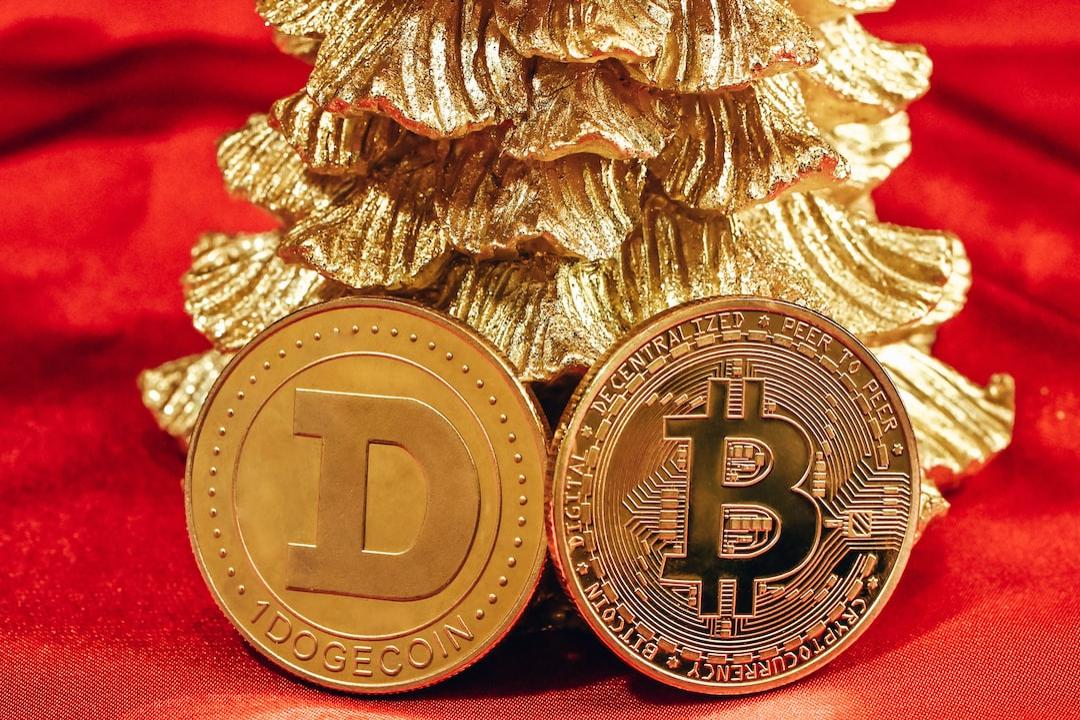
Figure 2-10 Sharpe ratio and strategy distribution of BTC-based products (source: TokenInsight)

Figure 2-11 Sharpe ratio and strategy distribution of USDT-based products (source: TokenInsight)
In terms of strategy capacity, trend/composite strategies > arbitrage strategies > high-frequency strategies; in terms of the number of products, more quantitative teams prefer high-yield trend/composite strategies, and high-frequency strategies are less common due to their technical complexity.
The Sharpe ratio distribution of both BTC-based and USDT-based arbitrage products is concentrated within the [2, 8) range, indicating stable performance overall. The Sharpe ratio distribution of trend/composite products is concentrated within the [-6, 0) range. High-frequency products show polarization, with their Sharpe ratios concentrated within the [-6, -2) and [0, 4) ranges, showing significant differences between products and a situation where the stronger ones become even stronger.
(2) Distribution of Maximum Drawdown

Figure 2-12 Distribution of maximum drawdown for BTC-based products (source: TokenInsight)
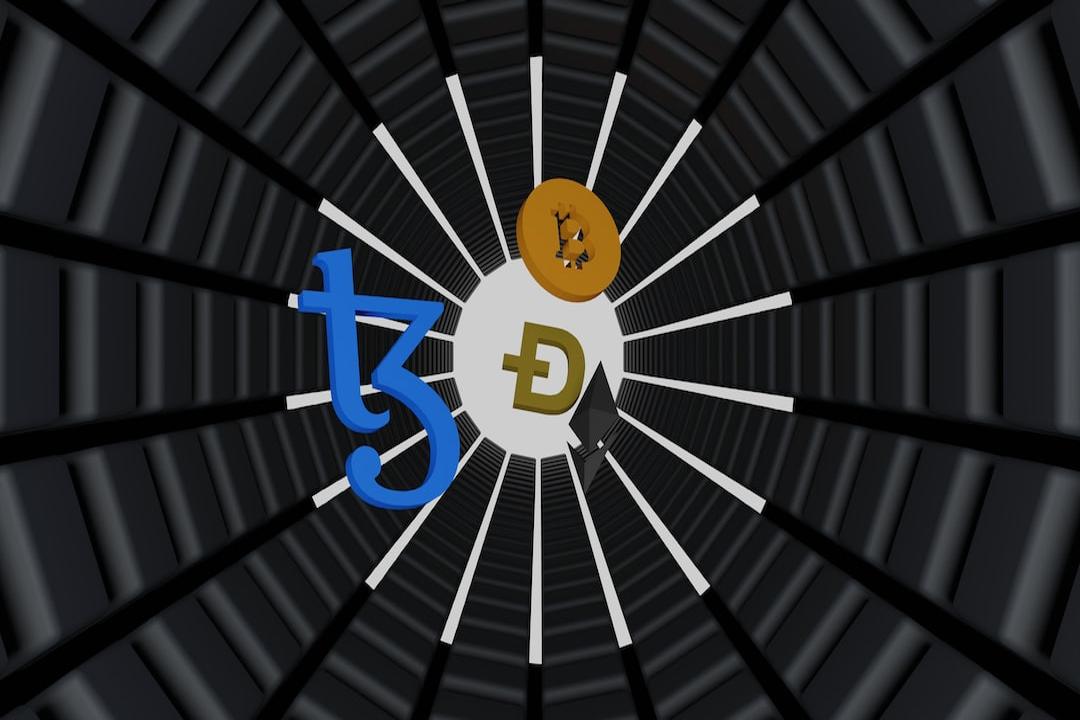
Figure 2-13 Distribution of maximum drawdown for USDT-based products (source: TokenInsight)
Figures 2-12 and 2-13 respectively show the distribution of maximum drawdown for BTC-based products and USDT-based products.
It can be observed that market-neutral arbitrage products perform steadily in volatile market conditions, with maximum drawdowns of less than 2%. The maximum drawdown distribution of trend/composite products and high-frequency products is more dispersed, indicating differences in leverage, models, and turnover rates among the products.
Extended Reading:
Investment Strategy Analysis | An Initial Exploration of the Application of Long-Short Position Ratio (LSPR) in Digital Asset Quantitative Trading
Section 1 Outlook for 2020 Digital Asset Market
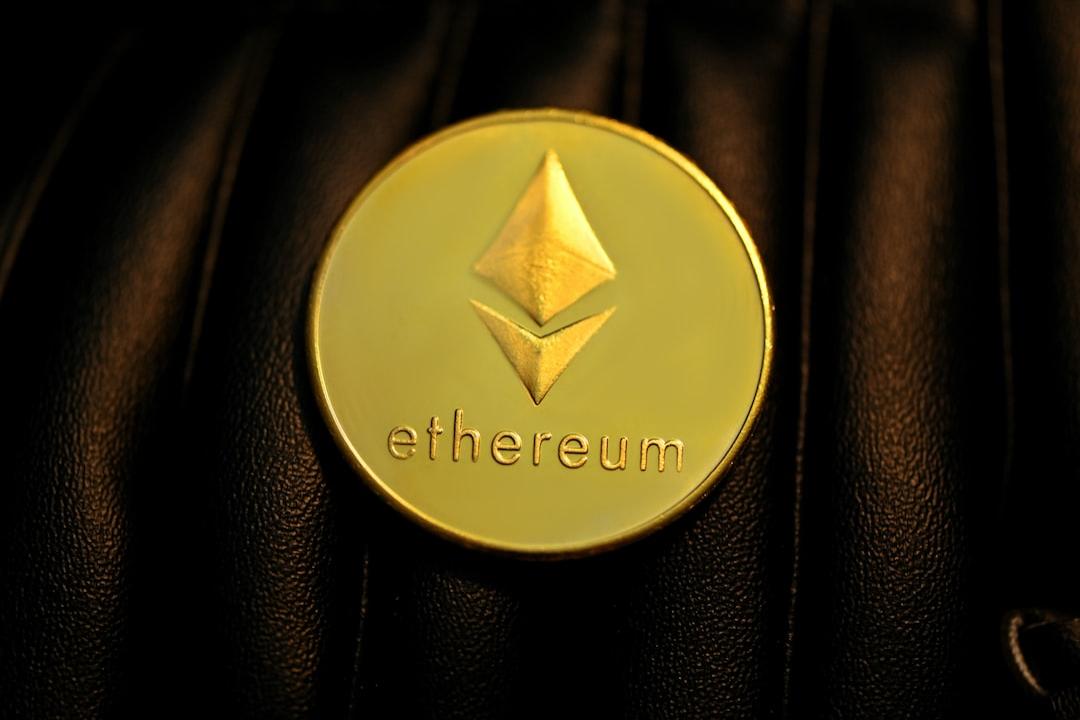
Figure 3-1 Comparison of the performance of global major asset classes as of June 30, 2020 (source: Wind, TokenInsight)
From Figure 3-1, it can be seen that since 2016, Bitcoin has outperformed stocks, commodities, and real estate, becoming the highest-performing asset globally with a total market value of over $170 billion.
With the widespread recognition of Bitcoin’s investment value worldwide, high-yield, high-volatility digital assets have gradually entered the mainstream vision, and more and more institutional and individual investors are starting to allocate digital assets represented by Bitcoin.
Affected by the COVID-19 pandemic, the global economy has stagnated, with high unemployment rates. Central banks around the world, represented by the Federal Reserve, have issued a large amount of currency to cope with the downward pressure on the economy. In the post-pandemic era of high inflation, ordinary people face the expectation of shrinking wealth, resulting in major capital markets deviating from their fundamentals and entering a “structural bull market” simultaneously.
As of June 30th, the total market value of Bitcoin is approximately $170 billion, while the total market value of gold exceeds $11 trillion. After the third halving, the annual issuance rate of Bitcoin has dropped to 1.8%, matching that of gold, making Bitcoin one of the assets with the lowest inflation rate. Bitcoin is gradually evolving from a high-volatility alternative asset into a “digital gold” for hedging against inflation.
Section 2 Development Trends in Digital Asset Quantitative Trading
After eleven years of development, the digital asset industry has gradually moved from a niche market to the mainstream, with a total market value of over $260 billion as of June 30, 2020. Digital assets represented by Bitcoin and Ethereum have become alternative assets that institutional investors and high-net-worth individuals prefer to allocate.
After three years of rapid growth, the digital asset quantitative trading industry currently has an estimated number of around 500 quantitative teams globally, with a total scale only in the billion-dollar range, which has limited impact on the entire digital asset market.
It can be foreseen that in the future digital asset market, digital asset quantitative funds will become the new favorite of the era, with the number and scale of funds rapidly increasing, and a group of excellent digital asset asset management institutions will emerge. We believe that for a long time in the future, the digital asset quantitative trading industry will present the following trends:
1. Transparent and compliant digital asset quantitative funds will become mainstream. With the increasing clarity of regulatory policies in various countries, opaque and non-compliant quantitative funds will face legal and tax issues and will find it difficult to gain the trust of investors.
2. The concentration of the digital asset asset management industry will continue to increase, and winners will take all. With intensified market competition and reduced returns on quantitative trading, small and medium-sized quantitative teams are at a disadvantage in various aspects, and top quantitative teams will earn most of the profits in the market, leading to an increasing concentration of the industry.
3. The risk appetite of mainstream market investors will shift from aggressive to conservative. Since 2017, the digital asset industry has experienced a two-year high-volatility market, and various strategies have achieved extremely high returns. Starting from Q4 2019, market competition has intensified and the market environment has changed. Investors’ expected returns have decreased, and they now prefer conservative funds.
4. A group of professional digital asset asset management institutions will emerge.
The lack of custody, clearing, settlement, and audit services that are compatible with digital asset quantitative trading has always been a significant factor restricting the development of digital asset quantitative trading. With the entry of professional service institutions and the establishment of service standards, the supporting services for digital asset quantitative asset management will become more standardized and will be increasingly valued by investors.
“False quantification” will be quickly eliminated, and “trusted quantification” will become a reality.
Tags:
cryptocurrency market
market report


